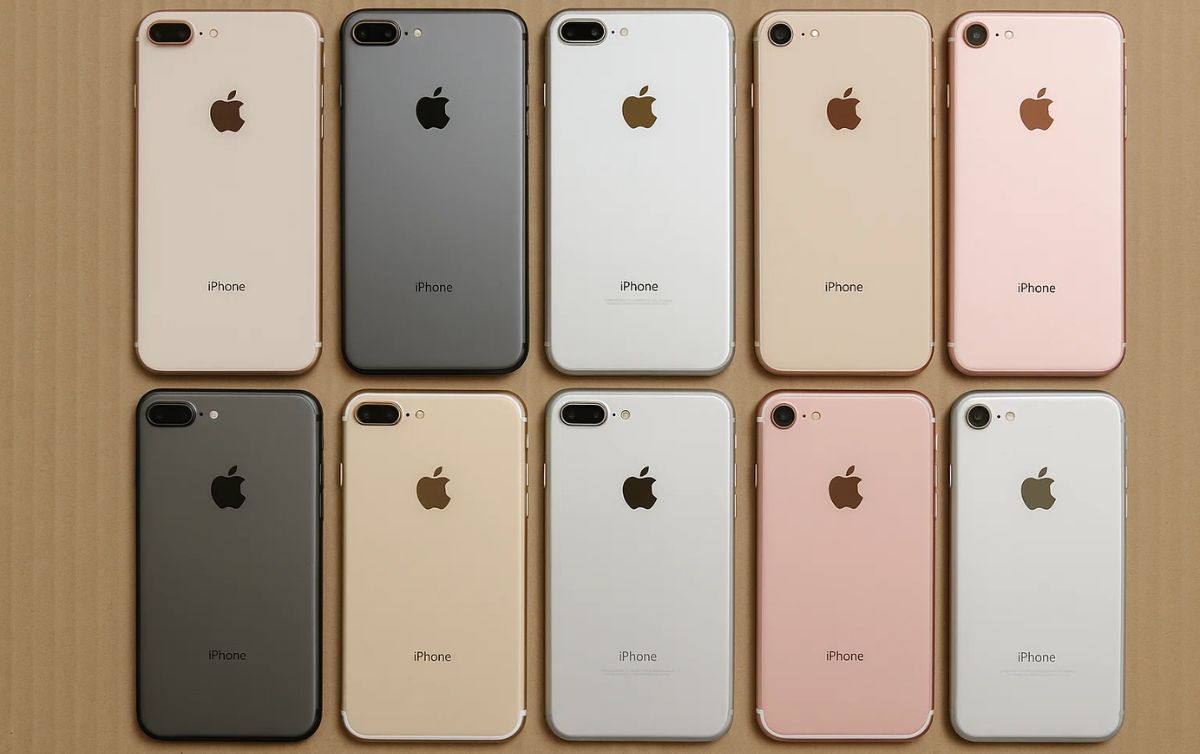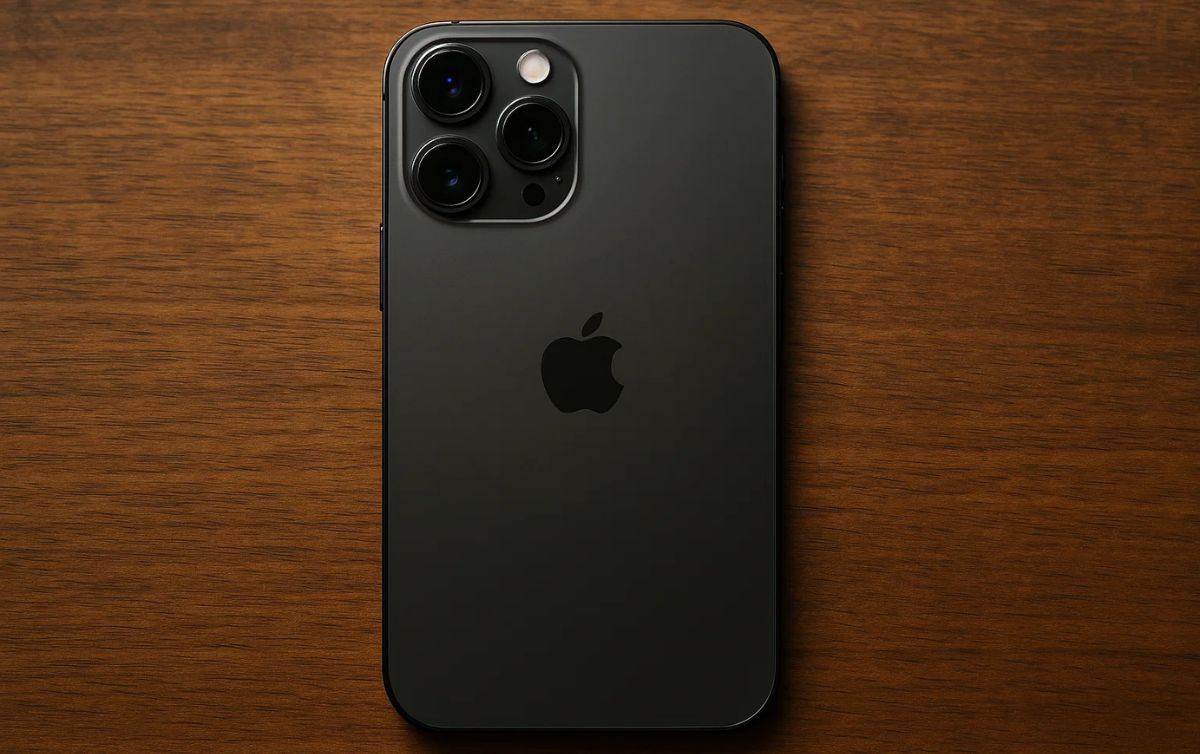Purchasing a used iPhone in Spain can be a savvy decision, particularly if you want to save money without compromising performance. However, the second-hand phone market is fraught with pitfalls, ranging from counterfeit phones to stolen or locked handsets. That’s why it is more important than ever to know precisely how to check a legitimate pre-owned iPhone before you buy. Whether you’re buying from a local vendor, an online store, or a company, verifying the authenticity of the phone can protect you from massive headaches. In this blog post, we’ll outline the key steps to follow before parting with your money. For a secure and authenticated pre owned iPhone in Spain, GLP Wireless is a trusted solution provider that guarantees both authenticity and quality.

1. Verify the IMEI or Serial Number
The best and most effective way to ensure a genuine iPhone is to verify its IMEI (International Mobile Equipment Identity) or serial number. Each iPhone has a unique identifier that can be verified on Apple’s official website.
- Settings > General > About and check the IMEI and serial number.
- Visit https://checkcoverage.apple.com and enter the serial number to view details about your iPhone, including warranty status and original purchase date.
- Ensure the details align with the seller’s claims.
If the IMEI isn’t available or the device won’t power on, this is a red flag. Never buy a phone without first confirming this information.
2. Ensure the Device Isn’t iCloud Locked
Most of the stolen iPhones are iCloud-locked. This implies that they can’t be reset or used without the previous owner’s Apple ID and password. To find out:
- Head to Settings and check if the iCloud account is logged in.
- If the phone asks for an Apple ID and password when setting it up, it’s Activation Locked, which means you can’t use it.
Request the vendor to wipe all content and settings by navigating to Settings > General > Transfer or Reset iPhone > Erase All Content and Settings. If they are unable, leave.
3. Check Physical Condition Closely
An authentic iPhone should bear Apple’s high-end design. Check for:
- Apple logo positioning: Counterfeit iPhones often display the logo incorrectly.
- Build quality: Authentic iPhones feel solid and sleek; counterfeits can feel flimsy.
- Screws and ports: Look for screwed-up screws, missing screws, or irregularly shaped charging ports.
Use a magnifying glass if necessary. Don’t miss things like scratches, dents, or screen replacements. They’re not necessarily deal-breakers, but they assist in evaluating the real value.
4. Check the Software and System Info
Fakes can replicate the iOS interface, but they typically run Android with a custom skin. To test:
- Open App Store: A counterfeit iPhone will probably open Google Play or another third-party app store.
- Test Siri: Ask questions; counterfeits won’t answer like Apple’s Siri.
- Test features such as Face ID, True Tone, and Haptic Touch. If these aren’t working, it’s a red flag.
Also, visit Settings > General > About to look at the iOS version and confirm it is what the model should support.
5. Perform a Battery Health Check
Your second-hand iPhone might have a worn-out battery. To verify this:
- Navigate to Settings > Battery > Battery Health & Charging.
- Look at the Maximum Capacity percentage. A reading below 80% may require battery replacement shortly.
- Also, check that “Peak Performance Capability” mentions the phone supports typical peak performance.
Purchasing a phone with a weak battery can lead to additional costs in the future, so consider this factor as well.
6. Confirm Original Parts and Repairs
A pre-owned iPhone may have undergone repairs. Some sellers don’t disclose this, mainly if unofficial parts were used.
To verify:
- On iPhones with iOS 15.2 and above, go to Settings > General > About and scroll to “Parts and Service History.”
- If it says “Unknown Part” or mentions unauthorized repair, you’ll know it was tampered with.
Always inquire with the seller if any parts have been replaced. Ideally, original Apple equipment should be utilized. If third-party pieces have been used to repair the device, it could impact its durability or resale value.
7. Purchase from a Trusted Source
Where you purchase the iPhone is as important as what you purchase. Don’t buy from unknown sellers on social media and classifieds. Instead, purchase from verified dealers or websites that offer a return policy, provide an invoice, and offer customer support.
That’s where GLP Wireless comes into play. Being a reputable name in the mobile distribution industry, GLP Wireless supplies tested, verified, and high-quality used iPhones in Spain. All devices sold are thoroughly inspected, encompassing IMEI checks, battery performance, screen quality, and iCloud status. And you have the added assurance of buying from a professional source.

Conclusion
A second-hand iPhone can be a bargain if you are prudent. From verifying the IMEI and iCloud status to inspecting the condition of the battery and components, the verification process should be followed carefully to avoid scams and disappointments. Be wary of too-good-to-be-true offers and always insist on transparency.
If you’re searching for a secure, safe, and professional source to purchase original used iPhones in Spain, GLP Wireless is your solution provider. Through their dedication to authenticity and customer satisfaction, you can confidently purchase with the assurance that each iPhone they provide has been extensively screened and is fully ready for use.
Stay smart. Stay safe. And let GLP Wireless be your go-to companion on the path to owning a quality used iPhone in Spain.

